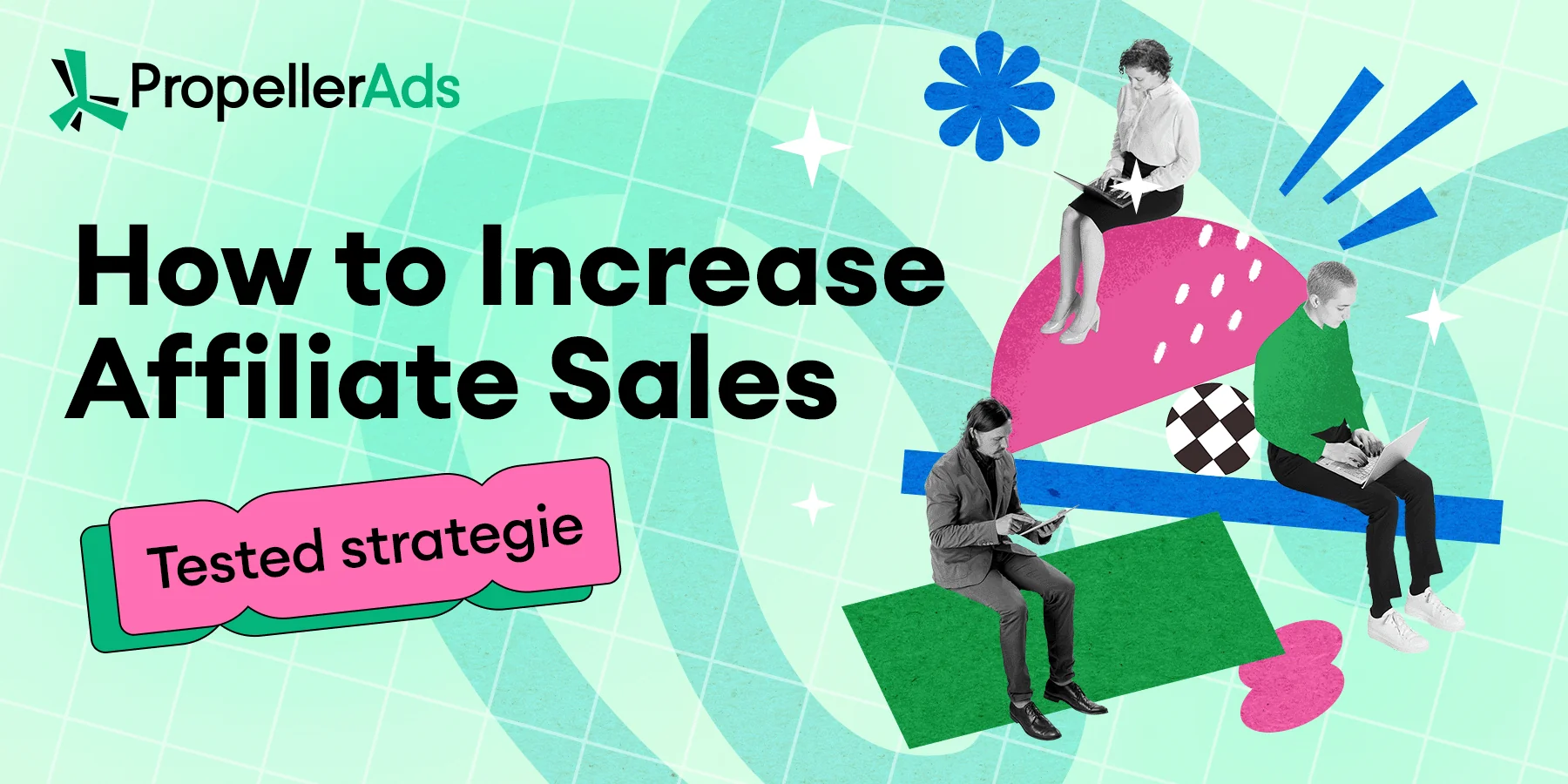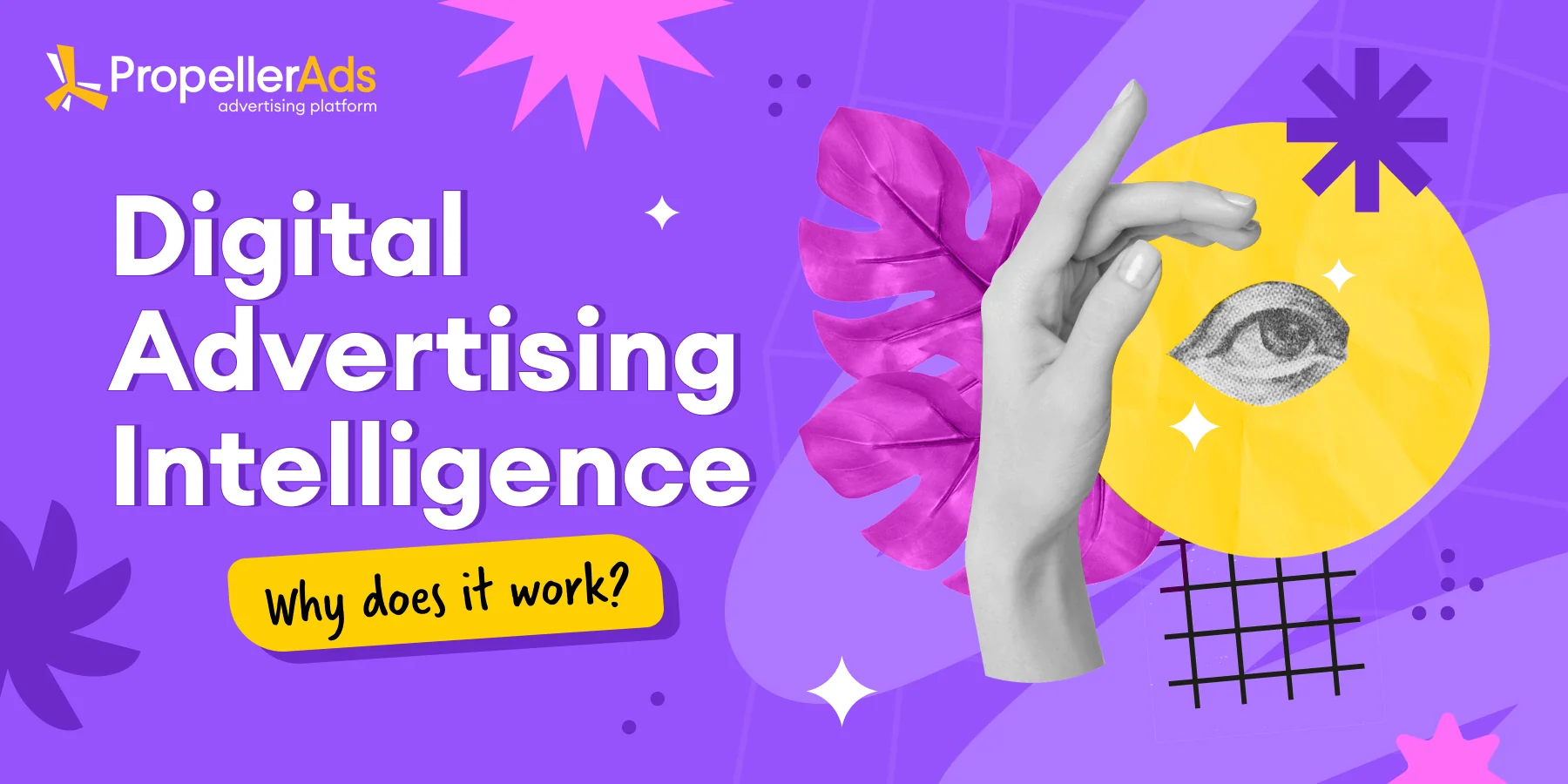Affiliate Marketing Angles: How Affiliates Hook and Convert Us
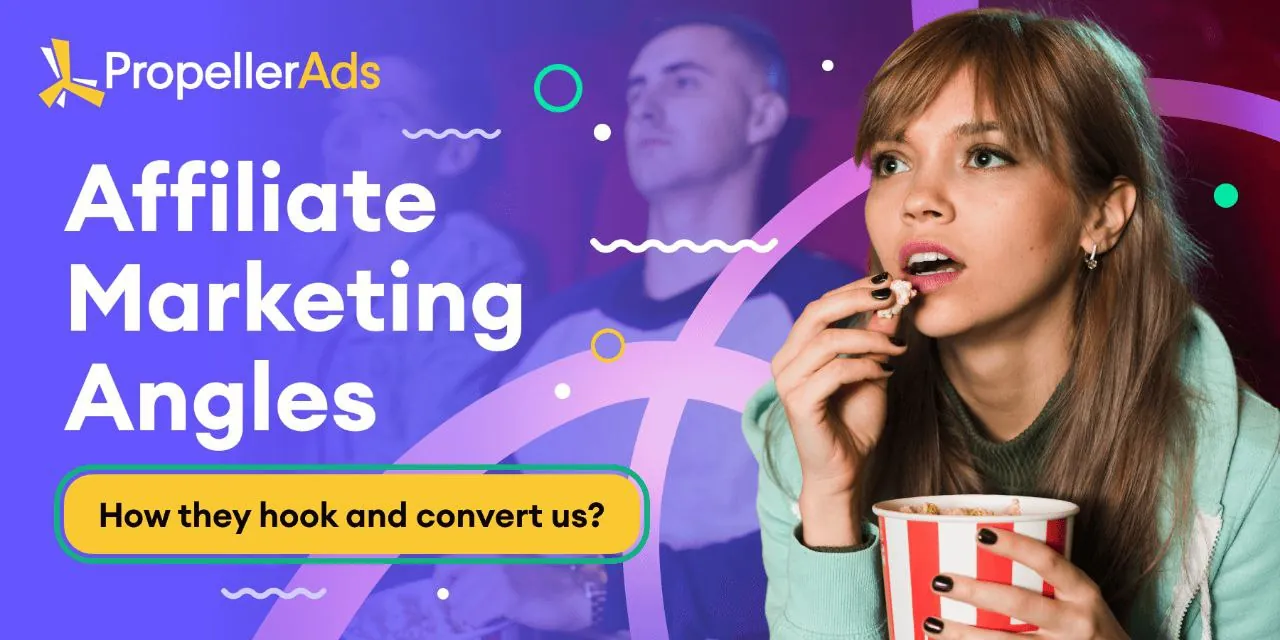
Sometimes, affiliate marketing goes beyond your “test > optimize > repeat” routine and feels like a hard-level game of capturing attention and making people feel something strong enough to click. At the center of this game lies the angle: the unique story or emotional hook that turns just another creative into a reason to act.
And here’s the catch – the same offer, in the same GEO, can perform wildly differently depending on the angle you choose. And we know that for sure, especially after interviewing three experienced affiliates who’ve tested, made mistakes, succeeded, and found winning hook formulas.
In this article, we will share affiliates’ real-life insights, break down what affiliate marketing angles really are, why they’re more than “just creatives,” and how they can decide the fate of your campaigns. Let’s dive into practical strategies and stories from the field.
What Is an Affiliate Marketing Angle?
So, an affiliate marketing angle. As we said, an angle is more than a pack of creatives, but rather a well-thought consistent set of elements that build emotional triggers behind your entire campaign. If creatives are your tools, the angle is the script that makes them meaningful.
Why is it so important? As Konstantin, founder of Uffliates puts it:
“The angle is half of a campaign’s success. If it’s weak, you may not see conversions, even with perfect targeting and great creatives.
A well-thought-out angle is especially important in niches with high competition and very similar offers – for example, iGaming. To stand out among a huge number of competitors, you really need to find a unique way of presenting the offer.”
This means that while ads can be optimized endlessly, without a strong trigger – desire, social proof, curiosity – your campaign risks being nothing more than just a background noise.
What Does an Angle Impact?
A strong angle does three things at once:
Captures attention fast: in the best scenario, the angle is something that makes a user stop scrolling and actually notice your ad for more than a couple of seconds.
Frames the offer: users don’t just see a product; they see a solution to their pain, a way to avoid risk, or a shortcut to a dream. Senses, not banners!
Guides expectations: the story of your angle sets up how the user interprets everything after the first click, from pre-lander to checkout.
Denis, Zombie Traffic admin, explains:
“If you only have $500, the angle is the decisive factor. The main thing is to use really different approaches – not just think that changing the color palette is a new angle.”
In other words, if you’re testing with limited spend, the angle itself might make or break your campaign, not minor creative adjustments.
Types of Affiliate Angles and Verticals
Angles often fall into several classic categories. As our interviewed partners told us, affiliates rarely reinvent the wheel – instead, they adapt the classic strategies to vertical, GEO, and audience psychology. The evergreen and most widely used approaches include:
Pain points: highlighting an assumed discomfort, frustration, or issue your potential user is fighting with. Here is when your product can proudly step on the stage with a solution to that problem.
This angle works especially well in Nutra:
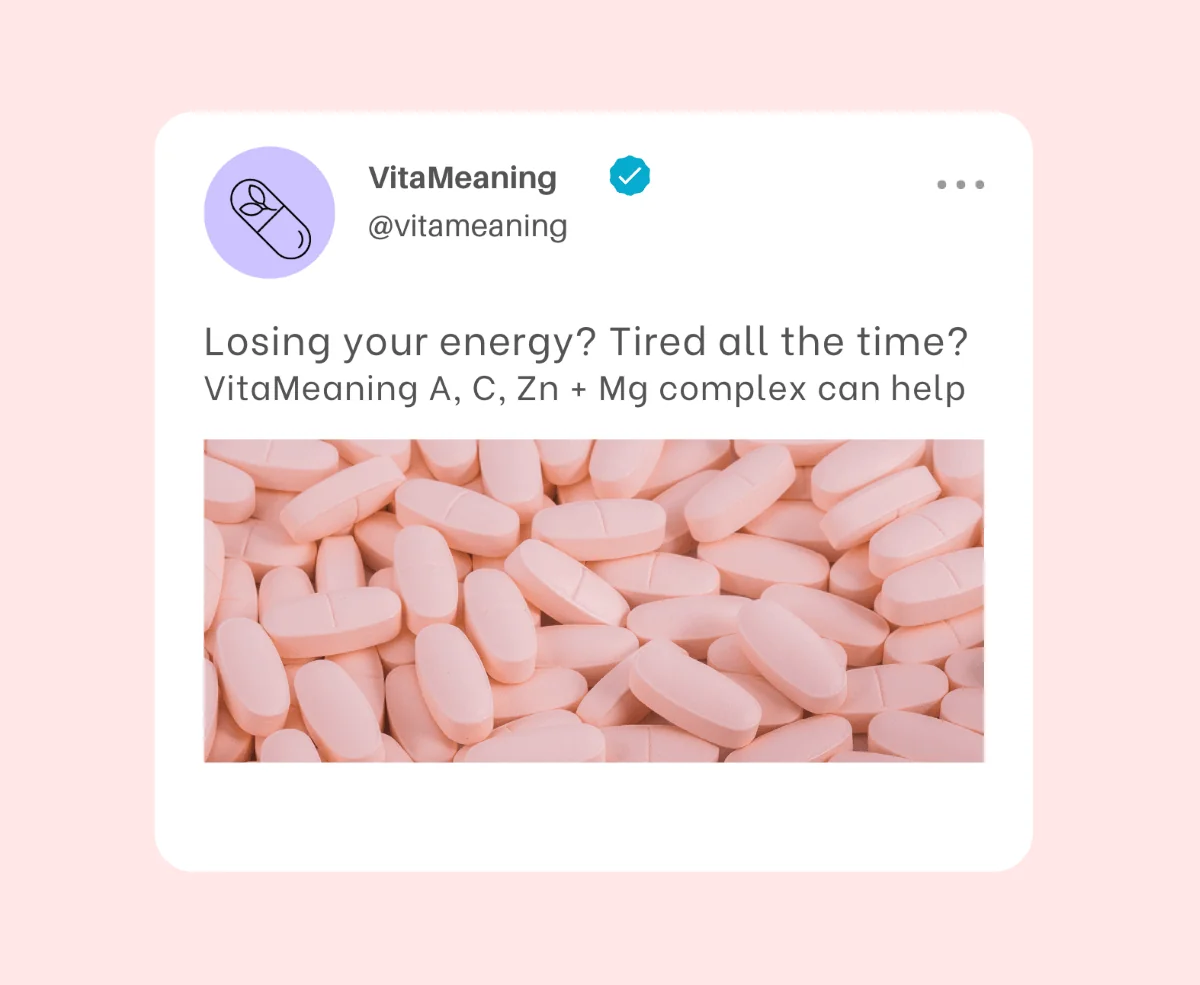
Social proof: leveraging testimonials, screenshots, or visible popularity is an immediate hook that makes your offer look tempting and trustworthy. People trust other people more than brands, so locating a feedback section on your landing page or referring to your happy customers in a creative message is a great idea to convince your users and prove that your offer is beneficial.
As Ruslan, CEO of Afftrends, adds a nuanced point:
“For me, social proof is more like a CTA. You can use it anywhere, for any offer – like “1,000 people already tried this, and you haven’t yet?’”
And Denis adds an unobvious twist:
“It’s very important not to delete angry comments saying it doesn’t work, but to respond clearly and consistently, so that anyone reading the thread sees the answer to the negativity and feels more motivated to buy.”
Konstantin highlights:
“For iGaming, social proof strengthens trust: real stories, case studies, screenshots of winnings.”
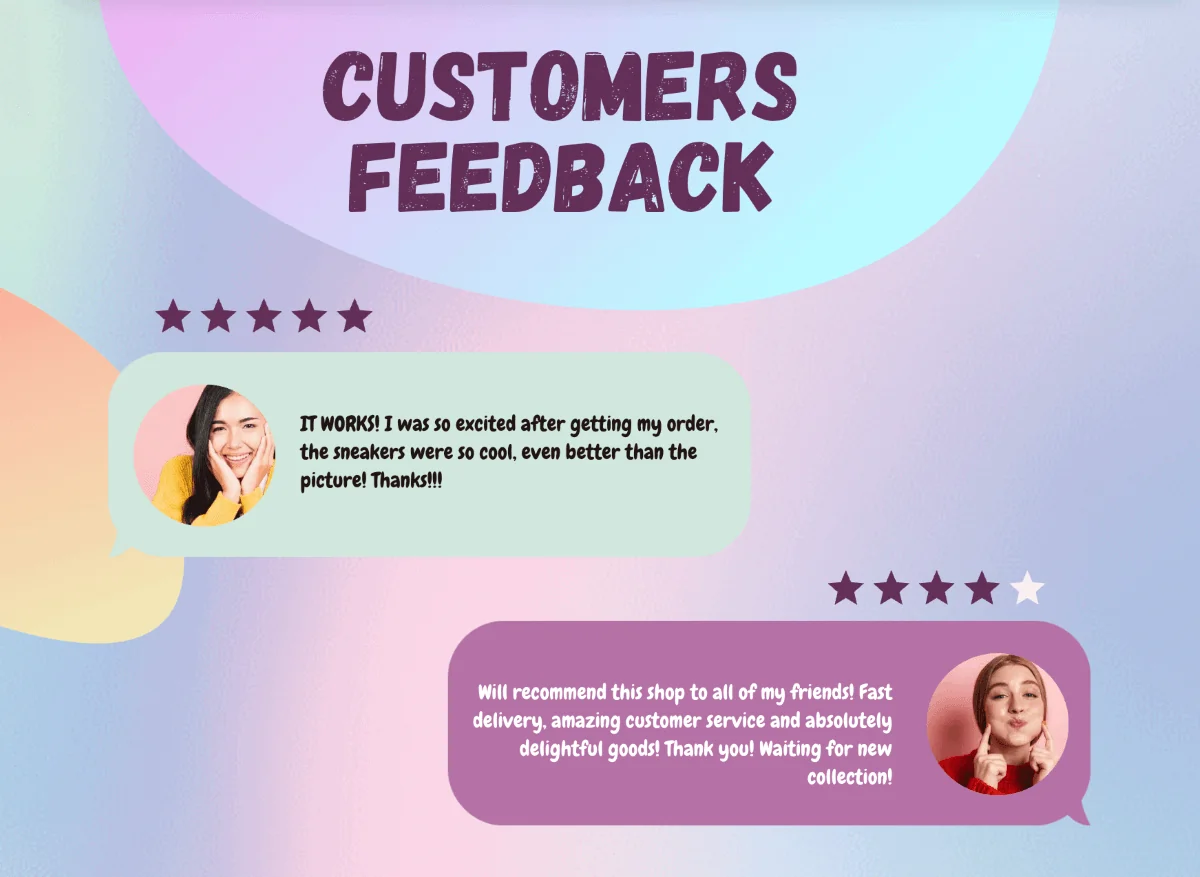
Desire and aspiration: behind this type of angle stands another emotional trigger – something really desired, like pleasure or reward. Especially efficient in iGaming and Social offers.
Konstantin:
“Desire works perfectly in iGaming – these are angles built around useful information: how to win, how to get a bonus, how to profit from an event.”
Example:
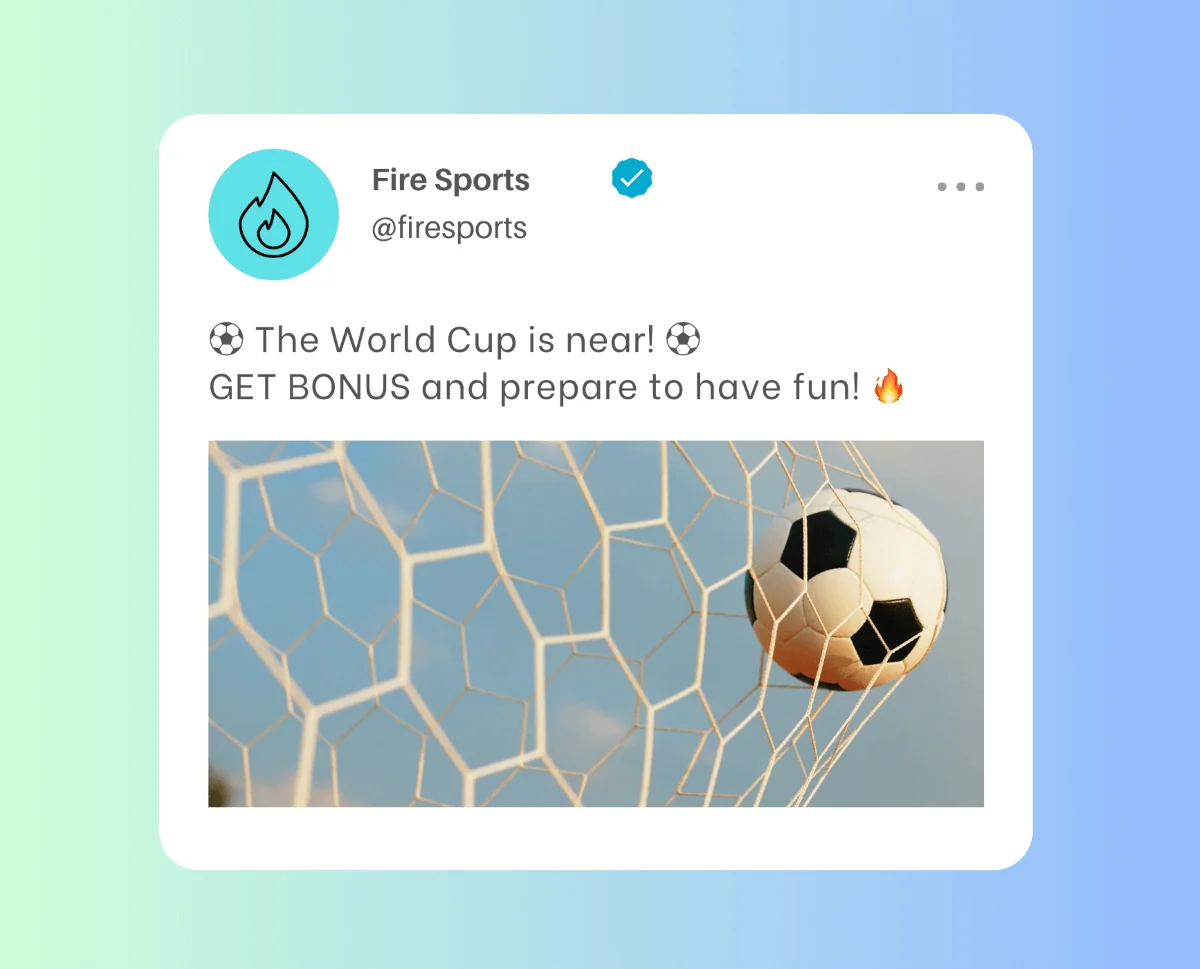
Fear of missing out (FOMO): a nice hook for all offers with seasonal discounts, exclusive bundles, limited promotions, which works especially great for eCommerce, Finance and iGaming.
Konstantin (Uffliates):
“There is an option of using FOMO – this works well in the Financial vertical. These are angles like ‘catch your chance’ or ‘only 3 spots left.’ But here it’s important not to overdo it, so you don’t slip into obvious clickbait.”

Curiosity and intrigue: an intriguing hint or an unexpected twist can push users to click to “find out more.” This approach is risky but can shine in verticals like Sweepstakes, where suspense and excitement are part of the experience. For Nutra or more serious verticals (like Health), however, intrigue often backfires.

Denis warns that intrigue doesn’t always fit and must match your product:
“Intrigue might work for something fun, maybe amulets or fortune-teller charms, but for joint pain offers it only makes things worse.”
He also adds an interesting point:
“However, intrigue can be different. Often, it’s more important to surprise the user, even breaking the classic funnel, than to just deliver plain and dry info. Once I made a custom funnel for Portugal – I was just playing around, adding an unexpected turn to the funnel for fun. I never thought that it would bring me x12 ROI!”
Authority and expertise: using expert credibility, logic, or rational arguments to strengthen trust works especially well in Nutra (experts’ recommendations) and Finance (official guarantees).

Ruslan (Afftrends):
“What worked for us was an expert opinion from a doctor and an emphasis on product safety – that you’re buying the original, not a fake often found in pharmacies.”
Konstantin (Uffliates):
“The angle of rationality can work well for audiences, where people like a more intellectual approach (say, in some Tier-1 European countries). Here, I mean some analytical iGaming tips from seasoned players, for example. However, as we have noticed, users from other GEOs like LATAM prefer emotional FOMO angles more. Test and get to know your audience.”
So, vertical matters – but the principle remains the same: angles = emotions.
How to Come Up With New Angles
Also, we asked our affiliates where they get inspiration and new ideas to create fresh angles and approaches without burning out. They usually combine multiple sources of inspiration:
- Spy tools: an absolute must-have for both veterans and beginners. As Ruslan puts it:
“Spy tools are a must-have. You can check what already works, adapt to your project, and improve it.”
- Trends and news: large sports events, viral TikToks, or buzzing trends can be reframed into hooks. However, Ruslan warns us: even though news can be a good inspiration source, remember that they are fast-paced and once something is mainstream, it’s often already burned out.
- User comments: Konstantin suggests watching what people argue about in social media threads: that’s free insight into pain points and fears.
- AI brainstorming: while Denis dismisses AI and says it doesn’t understand emotions good enough to create relatable angles, Konstantin uses ChatGPT for idea generation:
“You can ask AI to generate 10 angles, then refine the most interesting ones.”
The key is not just spotting trends but translating them into GEO-specific emotional triggers, adapting your offer, and testing. By the way…
Testing Angles Without Destroying Budget
Let’s figure out how to test angles and see where theory becomes profit:
- A/B testing small budgets: Konstantin recommends running 3-5 angles keeping the same creatives design (image or video stays the same, but headline, copy and hook should represent various angles) and targeting to isolate the variable. That way, you’re not testing different designs at once – you’re testing which angle (desire, curiosity, authority, etc.) resonates best with the audience.
CTR becomes the first checkpoint. As Konstantin highlights:
“It’s better to look at CTR at the first stage, rather than waiting until ROI statistics become clear. If CTR is high right away, it usually means the angle is good – unless it’s a misleading creative (which is a no-no).”
- Retesting later: sometimes timing is the hidden factor: what failed in week one may succeed later (for example, old creative around a new sports event). Try giving them a second life. Konstantin’s insight:
“Another good practice is retesting after 2-3 weeks: sometimes an angle can flop in one campaign but perform well in another.”
- Don’t fear small losses: Ruslan recalls his team’s mantra: test everything, even if some attempts fail. Winning angles will cover earlier losses.
The underlying principle: testing angles is not optional; it’s the foundation of scaling!
Common Mistakes with Angles to Avoid
Even seasoned affiliates can stumble and make mistakes. Here are some recurring traps to keep you informed:
- Copy-pasting from spy tools without adaptation to the GEO or audience is a bad idea. As all of our affiliates told us, cultural aspects matter a lot when choosing an angle. Ruslan highlights:
“For example, in some GEOs, weight loss offers perform really well, while in others the audience reacts to this particular topic differently, and CTR can drop significantly. Before launching, you need to study the customer.”
- Assuming personal taste = market taste. As Denis shares his experience:
“Thinking that if you like it, your leads will like it too is a mistake. For example, in Vietnam, I tried using a stylish angle with modern graphics, but it delivered no results at all. Once I switched everything to a simple, conservative, and straightforward style, things suddenly started working much better.”
- Too much clickbait can evoke immediate emotions and even clicks, but not conversions, and very often it entails bans and ruins trust.
- Ignoring cultural context. Ruslan recalls how a crypto angle was shaped as “dreaming of becoming rich?” failed in Tier-1, where users weren’t motivated by get-rich ideas.
- Uniform angles across GEOs. A rational angle that crushes in Europe may flop in Latin America, where users expect more emotional hooks.
Final Thoughts
Angles are the secret sauce of affiliate marketing – not just flashy hooks, but cultural, social, and psychological frameworks that make users relate, feel, and react. As our affiliates showed, the same offer with a different angle can make a huge difference.
If you’re a beginner: start simple, test widely, and make sure you know your customer’s background. If you’re experienced: keep refining, retesting, searching for new ideas, and adapting to cultural contexts.
Because in affiliate marketing, it’s not just what you sell – it’s how you angle it, too.
And PropellerAds is always here for high-quality traffic and guidance!
Join our Telegram for more insights and share your ideas with fellow-affiliates!
